Deck & Commander Strategies
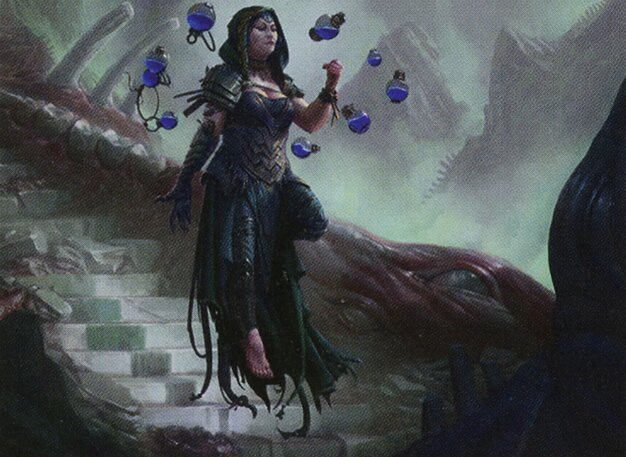
Kess, Dissident Mage
Focus on casting a high density of instant and sorcery spells, utilizing recursion to maintain card advantage and control the board. The deck aims to win through spell combos and stax elements that restrict opponents.

Karametra, God of Harvests
Leverages aggressive ramp and landfall synergies to flood the board with creatures quickly. The deck aims to overwhelm opponents with value-driven creatures and continuous land drops.

Uro, Titan of Nature's Wrath
Utilizes landfall triggers for life gain, card draw, and board presence while maintaining resilience through incremental value. The deck focuses on outlasting opponents by stabilizing the board and generating advantage.

Rocco, Cabaretti Caterer
A creature-heavy build that ramps into big threats supported by synergy around sacrifice and token generation. It aims to apply pressure through aggressive creature deployment and combo potential.
Gameplay Insights
- 1
Early deployment of stax pieces like Graph Digger's Cage and Rule of Law successfully slowed down the game, limiting graveyard recursion and spell casting.
- 2
Toxic Deluge was a key board wipe that reset the game state, forcing players to adapt and trade off lock pieces to enable their win conditions.
- 3
Hushbringer was strategically kept on the battlefield to prevent opponents from escaping creatures and to shut down key abilities, contributing to board control.
- 4
Players had to balance aggressive ramp and creature deployment with careful management of stax effects, leading to a slower, more tactical midgame.
- 5
Sacrificing lock pieces such as enchantments became necessary to break board stalls and push towards victory, highlighting the importance of timing in stax-heavy matches.
Notable Cards
-
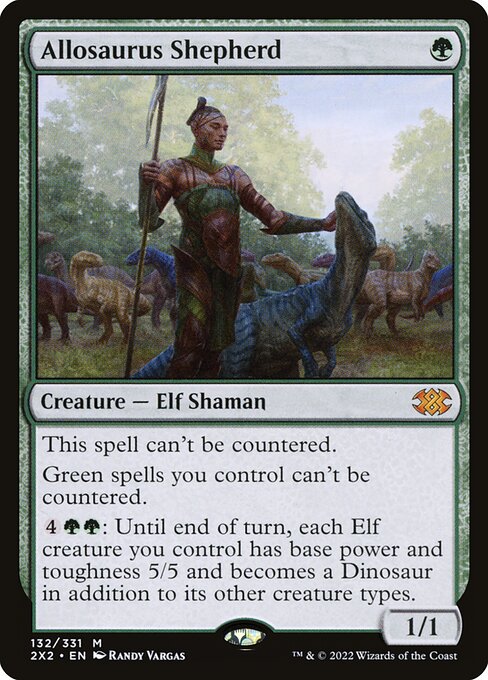
Allosaurus Shepherd
-
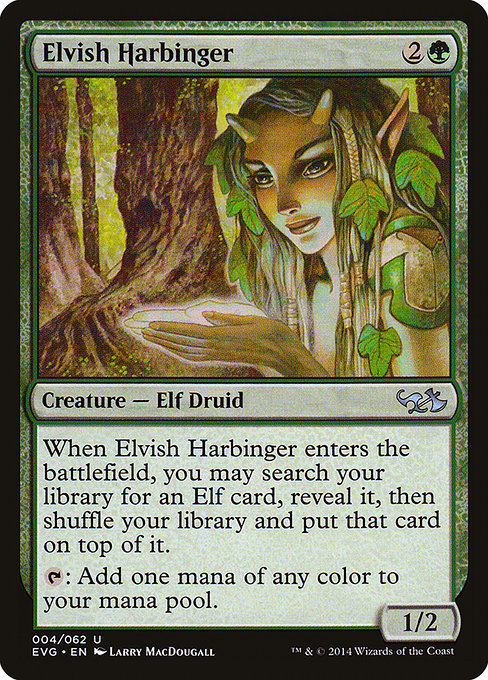
Elvish Harbinger
-
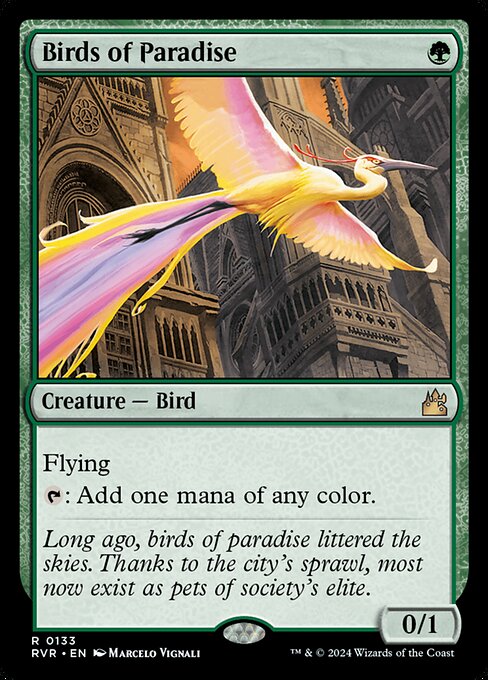
Birds of Paradise
-

Rampaging Baloths
-
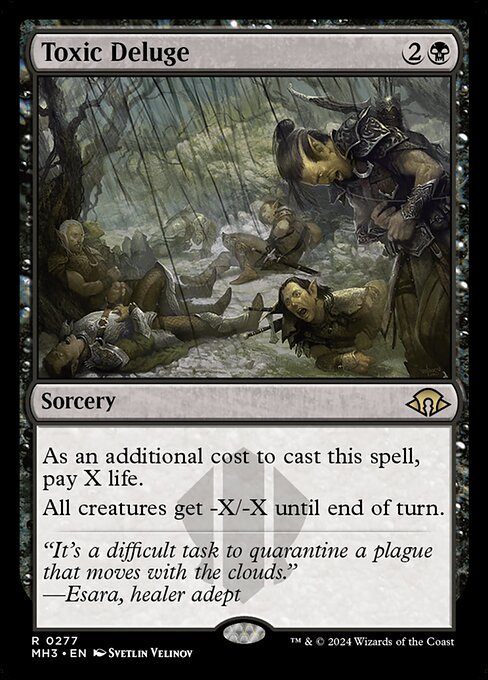
Toxic Deluge
-
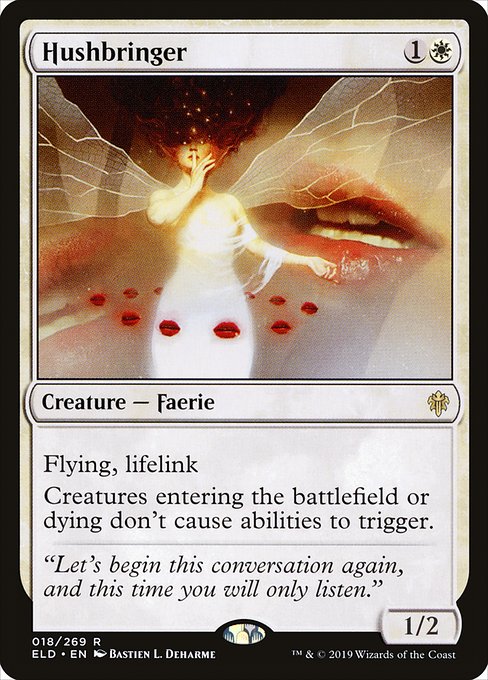
Hushbringer
-
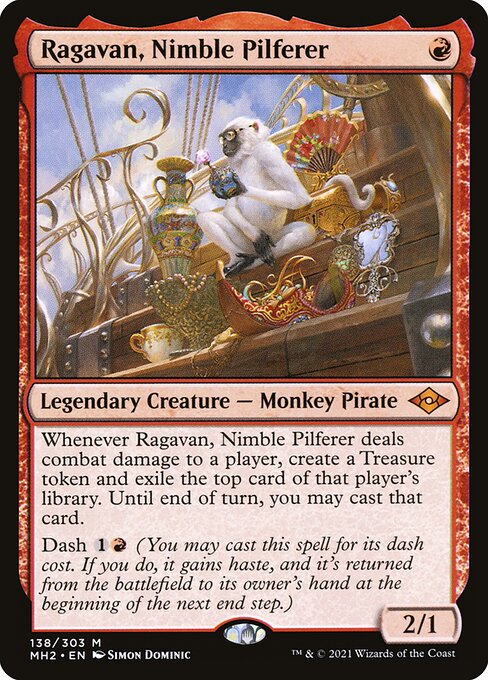
Ragavan, Nimble Pilferer
-

Mana Crypt
-
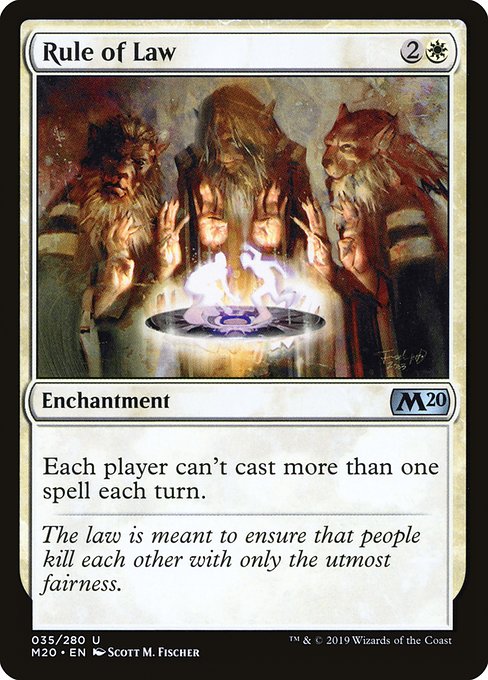
Rule of Law
Gameplay Summary
The game started with all players ramping aggressively, establishing strong mana bases and board presence quickly.
Early plays like Graph Digger's Cage and Allosaurus Shepherd set a tempo, while players deployed their key ramp creatures such as Elvish Harbinger and Birds of Paradise.
Karametra leveraged landfall mechanics and ramping, while Kess focused on a turbo oddness strategy with instant and sorcery spells.
Uro aimed for value and life gain through land drops, and Rocco pushed a creature-heavy build with synergy around sacrifice and token creation. A pivotal moment came when the board was locked down by multiple stax elements, including Graph Digger's Cage and Rule of Law, which hindered spell casting and graveyard interactions.
Toxic Deluge was cast to reset the board, significantly impacting Rocco’s board state.
Despite the disruption, players adapted by trading off pieces of the lock, such as sacrificing key enchantments to enable win conditions.
The game slowed considerably as players navigated around these stax effects, with Hushbringer also playing a crucial role in negating abilities and protecting key creatures. Ultimately, the game showcased a dynamic interplay between fast ramping strategies and stax elements designed to slow the game down.
The win conditions revolved around leveraging creature synergies and landfall triggers, with players forced to carefully time their plays around the restrictive lock pieces.
The first knockout occurred around turn 11 after a series of board wipes and strategic plays, followed by a final wave of eliminations by turn 13 as the lock pieces were dismantled or circumvented.







































![Planechase Party [Commander VS 304] | Magic: the Gathering Commander Gameplay thumbnail](https://i.ytimg.com/vi/CkGLzCD115Q/sddefault.jpg)

